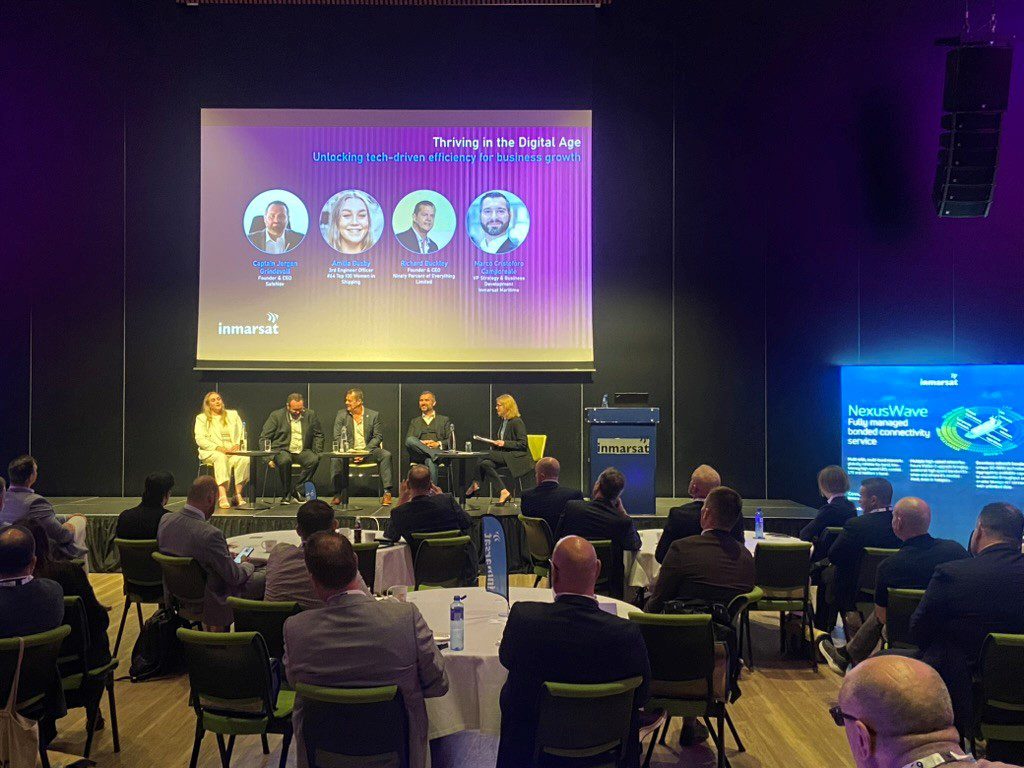Hamburg, Germany – To ensure the continuing safety and promote the efficiency of inland waterway transport, Germanischer Lloyd (GL) has released an update to the GL Rules for Inland Navigation Vessels (INV). The update to the rules came into effect on November 1 2011 and consists of rules for: classification and surveys; hull design and construction; machinery, systems and electricity; and additional requirements for notations.
A major impetus behind the update is to ensure that vessels comply with the latest regulations of the European Agreement concerning the International Carriage of Dangerous Goods by Inland Waterways (ADN). Along with updates to Section 3 of the Rules “Transport of Dangerous Goods”, covering classification of dangerous goods, equipment and systems for tankers and tank level monitoring and alarm systems, a new subsection has been introduced dealing with the provisions of ADN regarding the alternative design of cargo tanks.
Section 2 “Class Designation” introduces several new type notations for inland navigation vessels, including: “Hotel Ship”, “Excursion Boat”, “Restaurant Ship”, “Barge” and “Pushed Barge”. The first three of these new service notations were introduced to enable international clients to obtain classification for different kinds of passenger ships on the basis of their various national safety standards. The GL notation “Passenger Vessels” remains for vessels which are constructed to the safety standards of the European Union. The service Notations “Barge” and “Pushed barge” have been introduced to provide a more specialised description of these very popular types of inland navigation vessels.
Other notable updates include: a revision of the calculation method for proof of buckling strength in Section 2 “Materials and Structure Design Principles” to harmonize with the latest buckling strength requirements valid for seagoing ships, the implementation of requirements for “small hatches” such as manhole covers, and the incorporation of additional provisions for bilge plate thickness reduction in way of fore and aft ship in Section 5 “Hull Scantlings”. The rules also amend design loads for tween decks as well as scantling requirements for deck girders in the fore and aft ship, design loads for watertight bulkheads and ballast tanks, and adjust the requirements for bulwarks and guard rails.
The update comes at a key time for the inland navigation vessel market as its importance as a core part of the freight network is set to grow. With pressure spreading across the transport industry to curb carbon emissions, the European Commission has targeted a shift of 30% of long distance road freight to rail and waterborne transport by 2030 and the development of inland waterways are being targeted as a key part of this strategy.
The Updated Rules can be found online in Part 2 of the GL Rules and Guidelines 2011 here: http://www.gl-group.com/infoServices/rules/pdfs/english/glrp-e.pdf
Source: Germanischer Lloyd

 Join The Club
Join The Club










